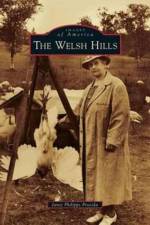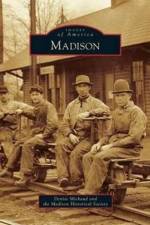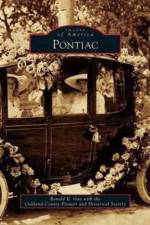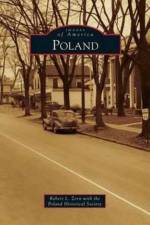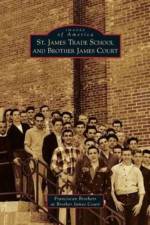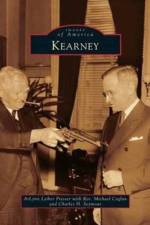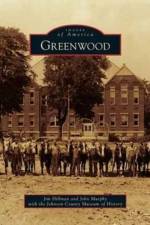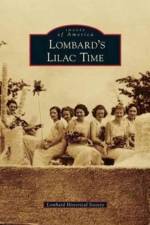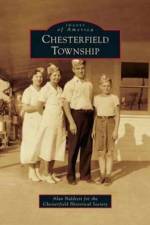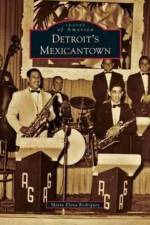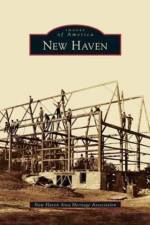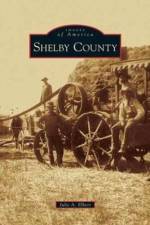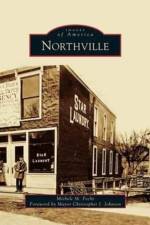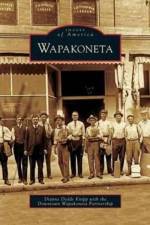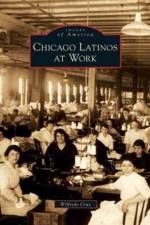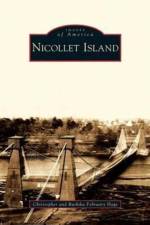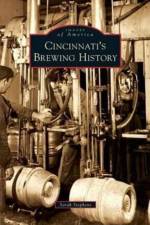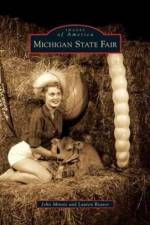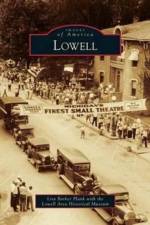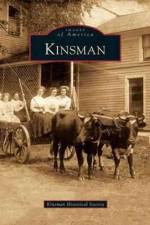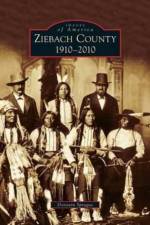av Janet Philipps Procida
359,-
In 1796, several Welsh families fled their homeland to start new lives in America. Theophilus Rees and Thomas Philipps are considered the founding fathers of the Welsh Hills. In 1801, after residing for a few years in Pennsylvania, Rees and Philipps purchased about 2,000 acres of land in Licking County, Ohio. This area is known as the Welsh Hills. Soon they were joined by other families with the last names Thomas, Lewis, James, Johnson, Griffiths, Evans, Jones, Davis, Williams, Owens, Price, King, Cramer, Shadwick, Pugh, White, and Hankinson. Their descendants still reside in and around the Welsh Hills. The Welsh Hills is predominately located in Granville and Newark townships, but a small portion is also located in McKean and Newton townships. This fertile land with hills and valleys and an abundance of timber and natural springs enticed these families to make their permanent home the Welsh Hills.

